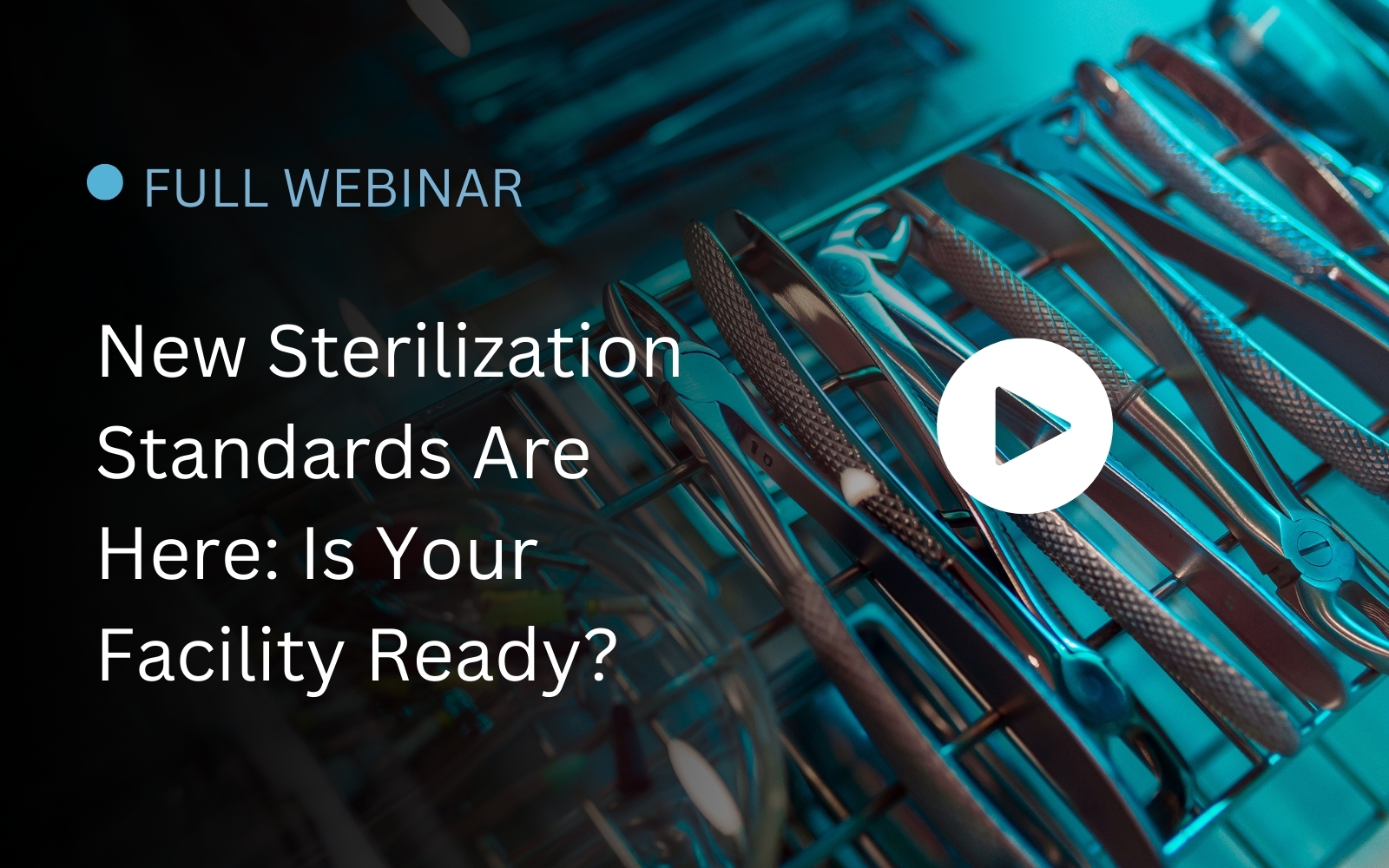If you’re working in healthcare sterilization, chances are you’re feeling the pressure. Ethylene oxide, our go-to sterilization chemical for sensitive devices like catheters and electronics, is facing unprecedented scrutiny. And with good reason—it’s incredibly effective, but also highly toxic and a known carcinogen. Recent EPA rulings have thrown our whole industry into a compliance scramble, promising stricter regulations and dramatically tighter emissions controls.
In a recent webinar, Galen George, Director of Applied Science at Interscan, unpacked exactly what these regulatory shifts mean for us on the frontlines of sterilization safety.
Watch The Full Webinar
Webinar Breakdown
Link to the full slide deck: Healthcare Sterilization Webinar
Ethylene Oxide: Effective But Increasingly Restricted
Ethylene oxide’s ability to sterilize complex instruments is unmatched, which explains why nearly half of all critical medical devices rely on it. But here’s the catch: it’s flammable, toxic, and poses significant cancer risks with long-term exposure. OSHA already sets incredibly tight exposure limits—1 ppm over eight hours, with even lower action thresholds—but the EPA’s latest moves take safety expectations to a new level entirely.
Starting March 2024, commercial sterilization facilities must cut their ethylene oxide emissions by over 90%. Facilities will now need continuous emissions monitoring, not just occasional checks. This includes controlling leaks from sterilizer doors, ventilation systems, and even ambient room air. Real-time tracking and rapid-response measures are about to become the new normal.
Inside Facility Walls: EPA’s Next Steps for Worker Safety
The EPA isn’t just worried about outside air quality—they’ve signaled that workplace air inside sterilization units must also be rigorously monitored. Proposed regulations are astonishingly strict, calling for monitoring down to just 10 parts per billion—a threshold 100 times lower than the current OSHA long-term exposure limit.
In practice, this means if sensors detect even minute levels of ethylene oxide, workers could be required to don protective respirators immediately. It’s a radical departure from current standards, emphasizing ultra-sensitive, continuous gas monitoring technologies.
Hydrogen Peroxide & Peracetic Acid: Alternatives with Hidden Hazards
As ethylene oxide faces tighter scrutiny, facilities are increasingly looking to alternatives like hydrogen peroxide (H₂O₂) and peracetic acid. Hydrogen peroxide, praised for faster cycles and greener emissions, can still pose significant respiratory hazards at surprisingly low concentrations. Peracetic acid, similarly attractive due to its quick microbial kill rate and minimal residue, carries acute irritation risks even in tiny quantities, yet has no formal OSHA limit, creating a regulatory blind spot.
The takeaway? These alternatives aren’t free from risk. Continuous monitoring is becoming essential, even if OSHA regulations haven’t yet fully caught up.
Continuous Gas Monitoring: No Longer Optional
This shift toward continuous monitoring isn’t just regulatory overreach—it’s a recognition of what’s needed to maintain safety and compliance today. Simple periodic tests aren’t sufficient when leaks or exposure spikes can happen unnoticed and rapidly harm staff or surrounding communities. Real-time gas monitoring systems, especially electrochemical sensors capable of detecting gases at parts per billion levels, are becoming the standard.
InterScan’s monitoring solutions—like their AcuSafe and portable Gas 8000 series—exemplify this shift, combining real-time sensitivity with practical ease-of-use features like active air sampling and automated sensor replacements. These technologies help facilities proactively manage their sterilization operations, providing immediate alerts and invaluable data for maintaining compliance.
Looking Ahead: A Safer, Compliant Future
Yes, these regulations add complexity. But as Galen emphasized, continuous monitoring protects not only our staff but also our neighbors and communities. It turns potential emergencies into manageable incidents, promotes operational efficiencies through early detection of equipment issues, and builds a culture of trust and transparency within and beyond our facility walls.
Ready or not, the sterilization industry is evolving rapidly. Now’s the time to get ahead of these changes. Investing in the right monitoring technology and staying informed about evolving standards won’t just keep you compliant—it’ll ensure you’re safeguarding the health of everyone involved.
For a deeper dive, watch the full webinar above, where Galen discusses these issues in greater detail and answers questions directly from your peers in the sterilization industry.


